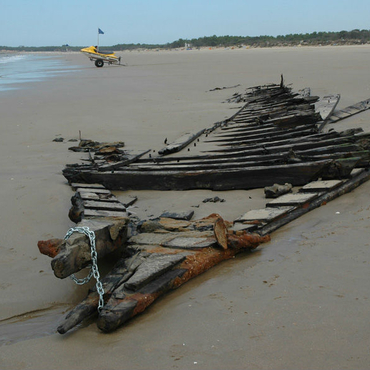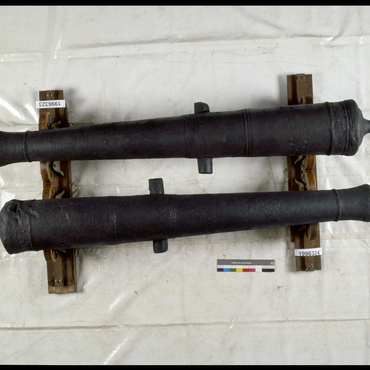
- Home
- The island of Cordouan
- Maritime and religious roots
- Shipwrecks
The archives bear witness to the perils and dramas that took place in the vicinity of Cordouan. No ship, no matter how large, was safe from the furies of the weather, which were particularly pronounced during winter storms. But bad weather and geography were not the only causes of shipwrecks. Documentary sources tell us that the pilots themselves, although experienced sailors familiar with the area, sometime had difficulty guiding their ships, and thus played a role in their loss. In the same way, technical problems and the vagaries of war also wreaked havoc on the boats that plied the nearby waters. And yet, fate has an ironic side as well: the ships that sank to the bottom or that were driven up on the shores were like manna to the coastal populations. A number of sources, including archives, images, ex-votos and efforts by underwater archaeologists, have helped to document these tragic episodes that claimed innumerable lives. Whether close to shore or deep beneath the waves, covered by sediment, floating up out of the depths or trapped in some rocky crevice, the vestiges of these wrecks slowly deliver their secrets. Meticulous work by professionals fill in a timeline, indicate a provenance and revealing technical details that can identify the experience and skills of a ship carpenter. Over time, this patient analysis of physical sources can help create a living memory of these often little-known maritime incidents.

